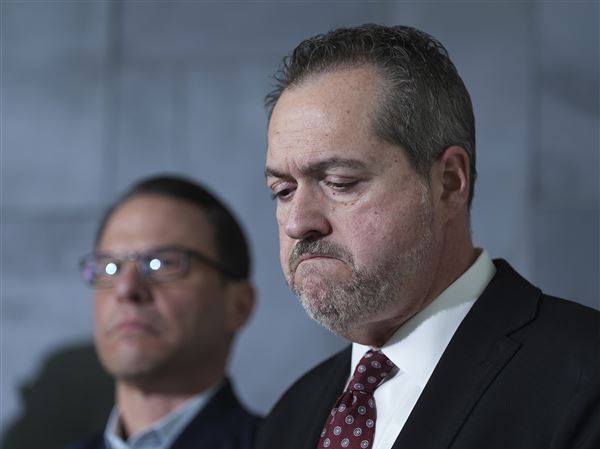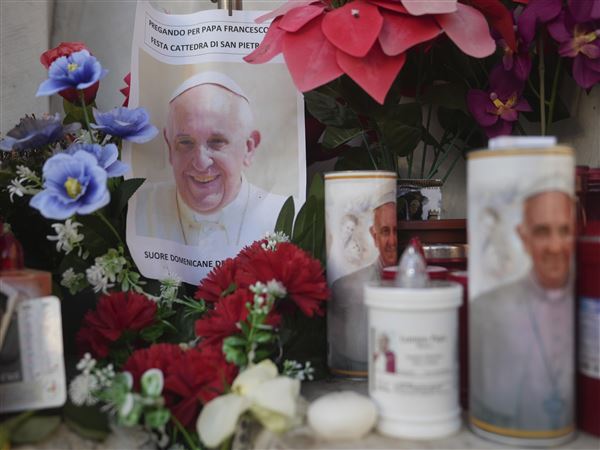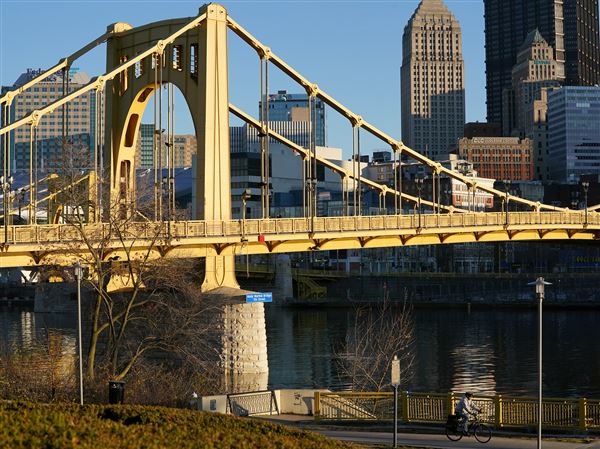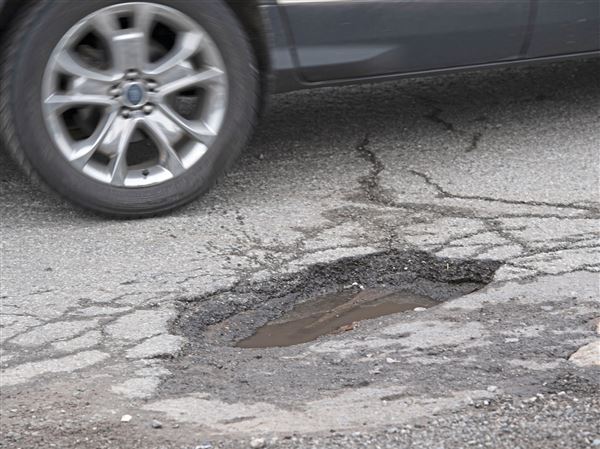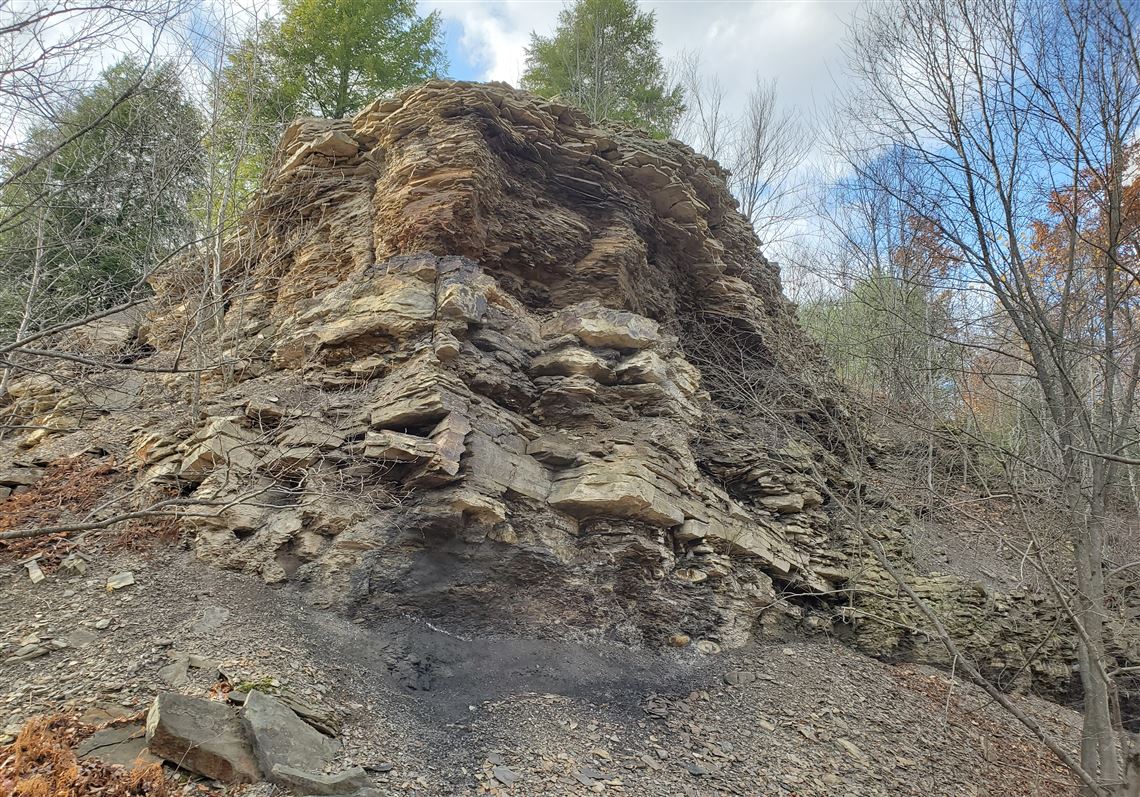As I travel throughout America, I am filled with hope as I see businesses open and communities recovering. Thanks to President Joe Biden’s leadership in passing the American Rescue Plan and making progress in defeating COVID-19, economic growth is up and unemployment is down.
The nation’s ongoing economic recovery is opening opportunities to help stabilize and empower workers who have been facing economic instability since before the pandemic. During my trip to Schuylkill County earlier this month, I saw firsthand how hardworking coal communities here in Pennsylvania helped power our country, but are now facing significant challenges in restoring their community environments and retooling toward developing a robust and sustainable clean energy future.
The Biden-Harris administration is committed to helping working families, often in rural and Tribal communities, who face hazardous pollution, toxic water levels, and land subsidence both during mining and long after coal companies have moved on.
Commonsense policies like those outlined in the president’s bipartisan infrastructure framework and Build Back Better agenda will help revitalize these local economies and support reclamation jobs, all while addressing environmental impacts from these legacy developments.
The administration’s proposals contain historic investments in addressing legacy pollution, including $16 billion to reclaim abandoned mines and cap oil and natural gas wells. This investment is urgently needed. There are at least 34,000 known abandoned coal mine features and more than 8,600 documented orphan wells in Pennsylvania, with hundreds of thousands of wells believed to be waiting to be found and properly plugged. Nearly 3 million Pennsylvanians live within one mile of an abandoned mine site.
By partnering with local and state officials, community members, and other stakeholders, these federal efforts to reclaim abandoned mine lands will help communities eliminate dangerous conditions and pollution caused by past coal mining, all while creating good-paying union jobs and advancing environmental justice.
These investments are part of the administration’s all-of-government approach to spur economic revitalization in hard-hit energy communities. In just the last few months, the Interior Department has invested over $260 million for state and Tribal reclamation efforts through the Abandoned Mine Land (AML) and Abandoned Mine Land Economic Revitalization (AMLER) grant programs — including over $52 million in Pennsylvania.
These funds support vitally needed jobs for coal communities by funding projects that close dangerous mine shafts, reclaim unstable slopes, improve water quality by treating acid mine drainage, and restore water supplies damaged by mining. These investments also build the foundation for additional jobs in the future once sites are cleaned up and can support new economic development opportunities.
Here in Pennsylvania, AML funding has helped reclaim lands that directly support new community opportunities, including by expanding the Pittsburgh Botanic Garden, increasing the Greater Hazleton Rails to Trails system, and constructing water lines to provide potable water to families Clearfield County.
This is personal to me, because I know what it’s like to grow up in a community that’s left behind when mines are closed. The Laguna Pueblo in New Mexico was once home to one of the world’s largest open-pit uranium mines. Decades of neglect left my Tribal community members dealing with the economic, environmental, and health impacts of abandoned mine lands.
We are at a critical point in our nation’s history. With historic investments in clean energy technology, we have a once-in-a-lifetime opportunity to diversify our national energy portfolio while at the same time combating climate change and investing in communities.
But doing so requires helping hardworking coal communities share in that prosperity — and this administration has both the solutions and will to make that happen. Enacting the president’s Build Back Better agenda will help reimagine and reinvent a new American economy, where creating jobs and tackling climate change go hand in hand.
Deb Haaland is the U.S. Secretary of the Interior.
First Published: August 1, 2021, 4:00 a.m.
